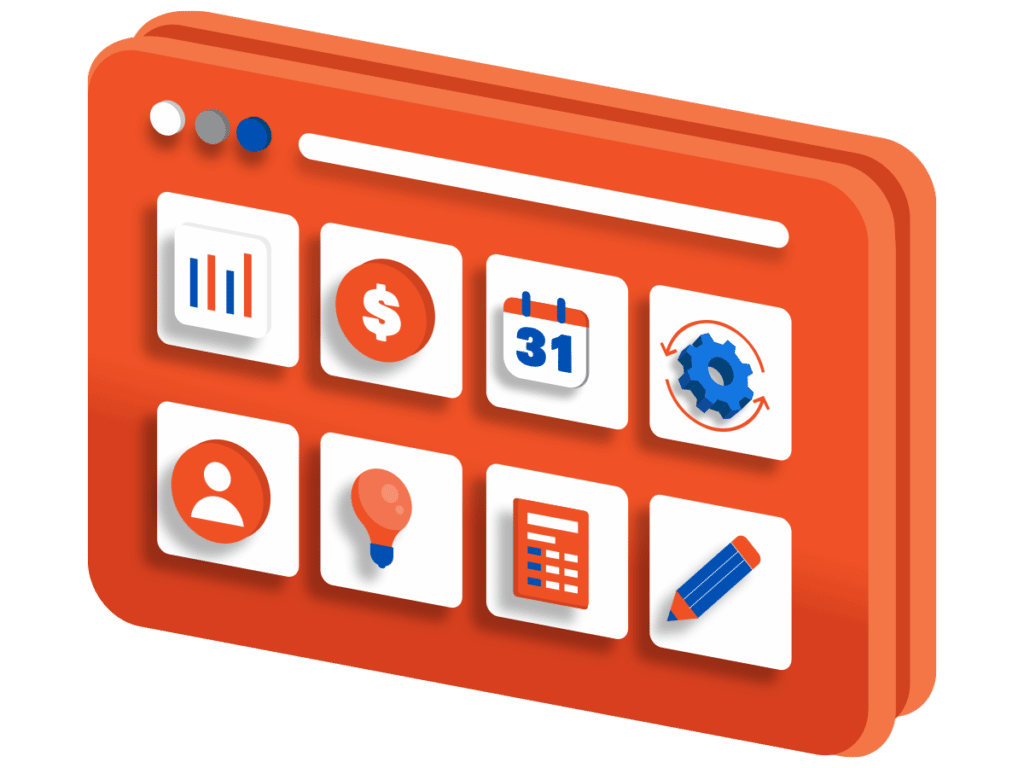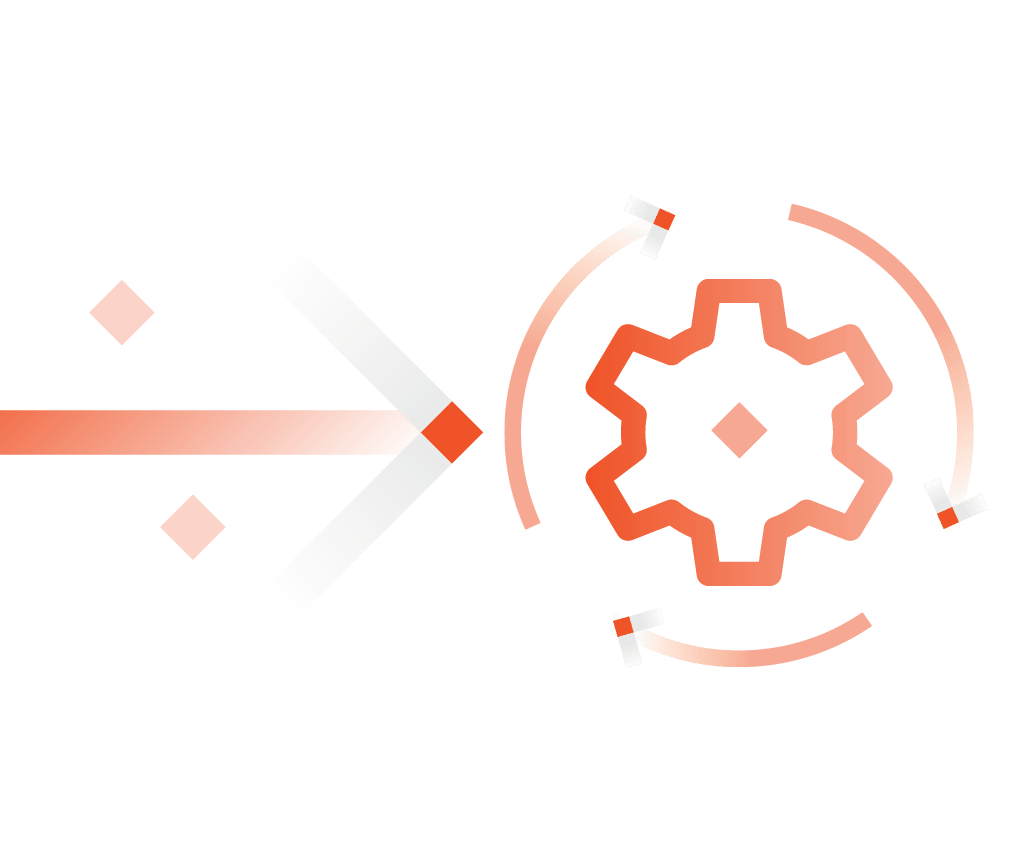Data Landscape and Maturity Assessment
The first step in ensuring effective use of data
Data Landscape and Maturity Assessment – the first step in ensuring effective use of data.
A Data Landscape and Maturity Assessment (DLMA) is a review of your organisation’s effectiveness in using data. It’s the best place to start in your journey towards ensuring you have high data integrity.
The DLMA assesses the current state of your data, collaboratively formulates the future state based on your goals, and provides a gap analysis between where you are now and where you need to go.
An output of this assessment is a roadmap of projects with cost and duration estimates required to transform and elevate your organisation. It shows where your data can be used to deliver the outcomes you need, while complying to your own governance standards and relevant regulatory requirements.
Unlike other maturity assessments, which can be purely technology focused, Tecala’s DLMA provides a 360-degree view on the intended data use within your organisation, which takes into consideration your people, processes, data landscape, organisational vision, and mission, as well as looking at your cultural and ethical guidelines around how you should and shouldn’t use your data.











